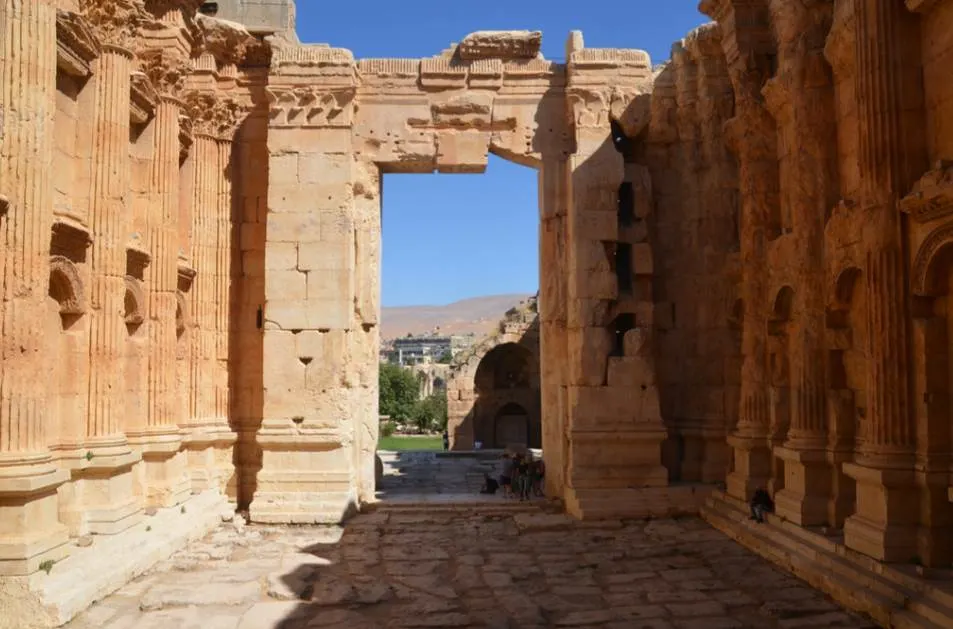The Roman Empire stretched all across southern Europe, Eastern Europe, and well into Africa and the Middle East.
Wherever the Roman Emperors went, they commissioned a wide variety of buildings, including temples, bathhouses, amphitheaters, and forums.
Unlike several ancient Greek temples, many Roman temples across the Mediterranean remain in relatively good condition today.
In this article, we’ll take a closer look at some of the most interesting facts about the Temple of Bacchus, a great example of Roman architecture.
1. Its located in the heart of a city in the northeast of Lebanon
The Temple of Bacchus is the name of an amazing temple located in the city of Baalbek. This place is situated in the northeast of Lebanon in the large Bekaa Valley, not too far from the border with Syria.
Baalbek has an extensive history due to its strategic location. It became a Greek city known as “Heliopolis” following the Conquest of Persia by Alexander the Great in the 330s B.C.
The Romans eventually incorporated this region into their Empire when they completed their conquest of what became the eastern provinces.
Baalbek is situated between Homs to the north and Damascus to the south, two major cities in neighboring Syria.

2. The temple was completed by the fourth of the five Good Emperors
The first Roman settlers in what they referred to as the “Colonia Julia Augusta Felix Heliopolitana” probably served in the army of Julius Caesar (100-44 B.C.).

What’s certain is that the Roman colony was inhabited by veterans of the 5th and 8th legions of Augustus (63 B.C.-14 A.D.), the first Roman Emperor.
It gradually expanded afterward and this was accompanied by the construction of Roman buildings, including two massive temples.
Nothing is known about when the temple was constructed and his long it took, but we do know that it was commented during the reign of Roman Emperor Antoninus Pius between 138 and 161 A.D.
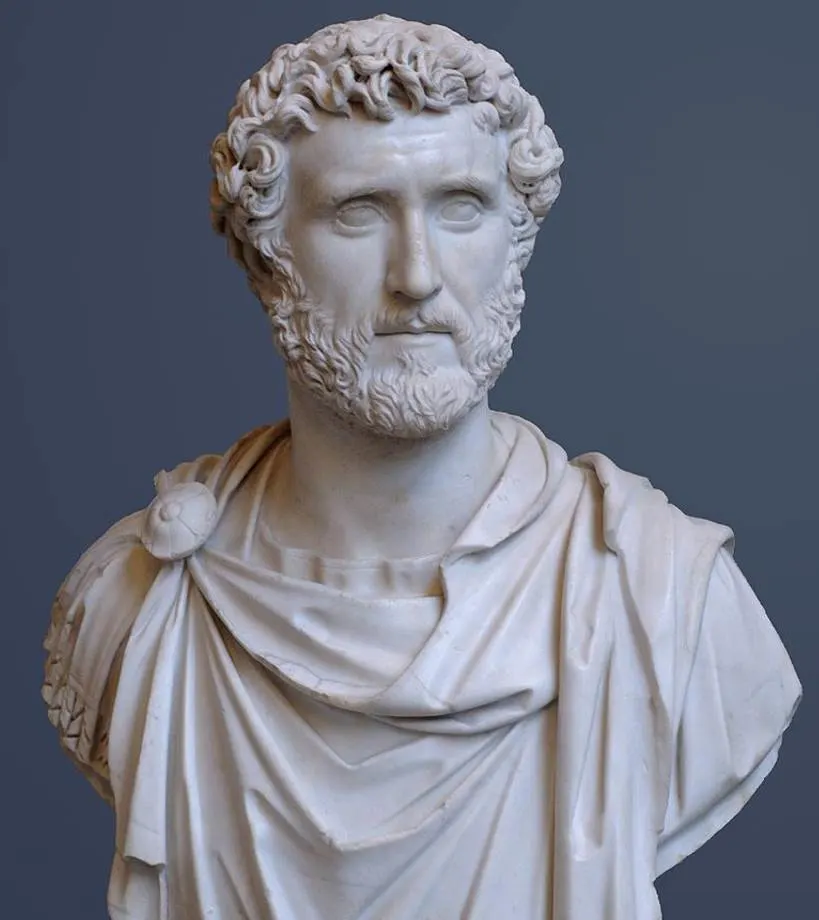
3. The temple was dedicated to the Roman god of the grape harvest and wine
The temple is renowned for both its architectural design and the decorations inside. These depict dancing Maenads, female followers of the Roman god Bacchus.
Bacchus was the Roman version of the Greek god Dionysus and he was worshipped for a variety of things, including the grape harvest and wine.
Other things he was worshipped for were orchards and fruit, vegetation, fertility, insanity, ritual madness, religious ecstasy, festivity, and theatre, quite a versatile character, don’t you think?
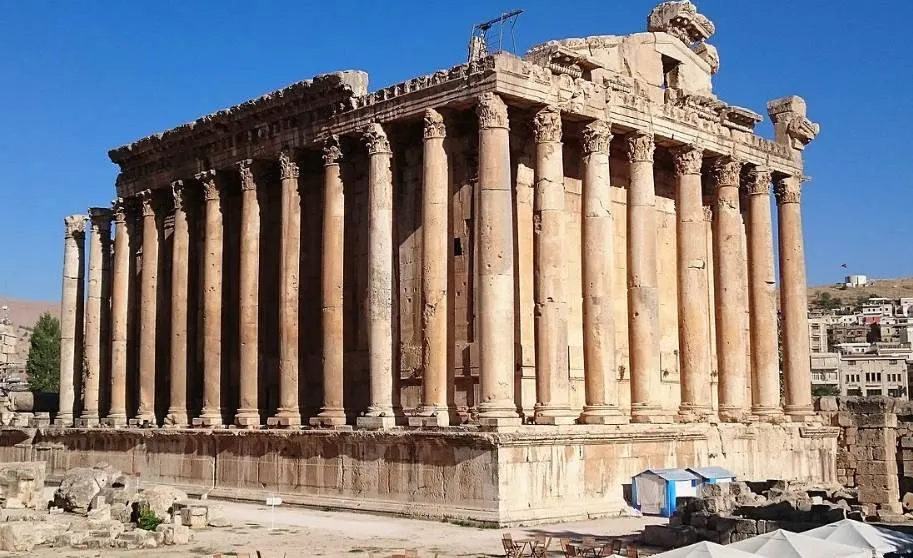
4. The Temple of Bacchus is part of a much larger ancient Roman complex
The ancient Roman city wasn’t one of the most important places in the region, something emphasized by the fact that there’s hardly any documentation about it.
It wasn’t mentioned for the first time until the 4th century and the site wasn’t rediscovered in modern times until the late 19th century.
The temple has been preserved rather well because it was buried in the rubble. A German expedition between 1898 and 1903 uncovered the site and it revealed the remains of the Roman buildings.
The ancient city featured two large temples, the Temple of Bacchus and the Temple of Jupiter, and a large Forum that featured a monumental entrance and various adjoining buildings.
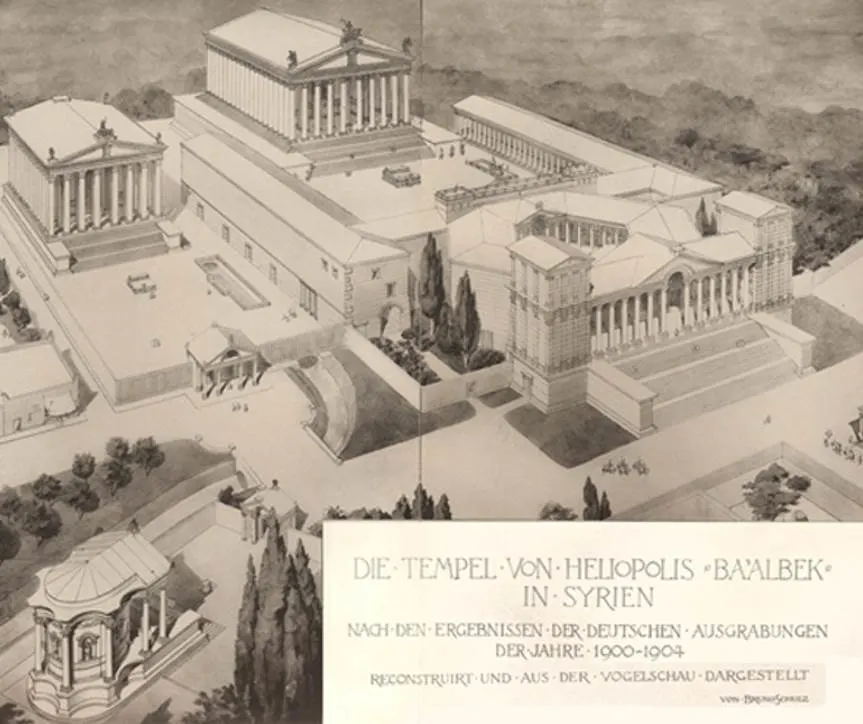
5. It’s only slightly smaller than another temple that is located nearby
The temple of Bacchus is much larger than it initially appears to be. It’s only slightly smaller than the Temple of Jupiter, the largest dedicate to Jupiter in the Roman World.
The Temple of Bacchus has the following stats:
- Length: 66 meters (217 feet)
- Width: 35 meters (115 feet)
- Height: 31 meters (102 feet)
The temple was constructed on a platform that stands 2 meters (5 feet) above the ground below and it can be accessed by a staircase featuring 13 steps.
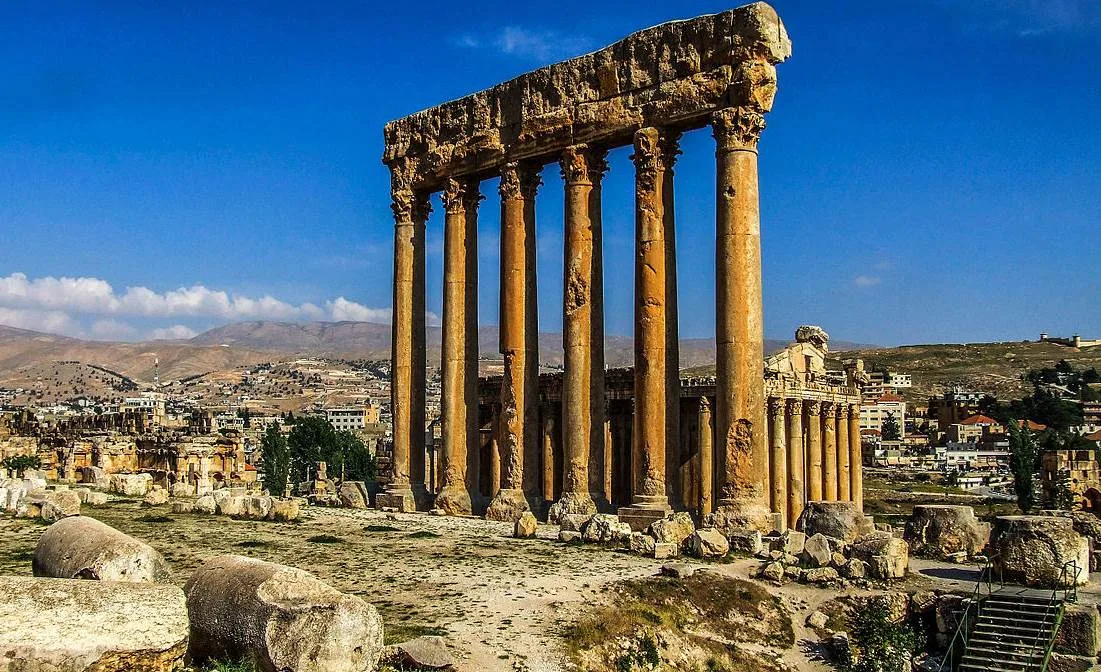
6. The temple was originally decorated with 42 unfluted Corinthian columns
The most fascinating feature of ancient Roman temples was the amazing columns that decorated them. This temple features columns with an Ionic base and a Corinthian top section.
The temple was lined with a total of 42 massive columns of which only 19 still stand today. It’s assumed that they were erected in a rough state first and smoothly polished and decorated afterward.
You have to see the sheer size of these columns with your own eyes because they reach a height of 20 meters (66 feet). Each side featured 15 columns and each end featured 8.
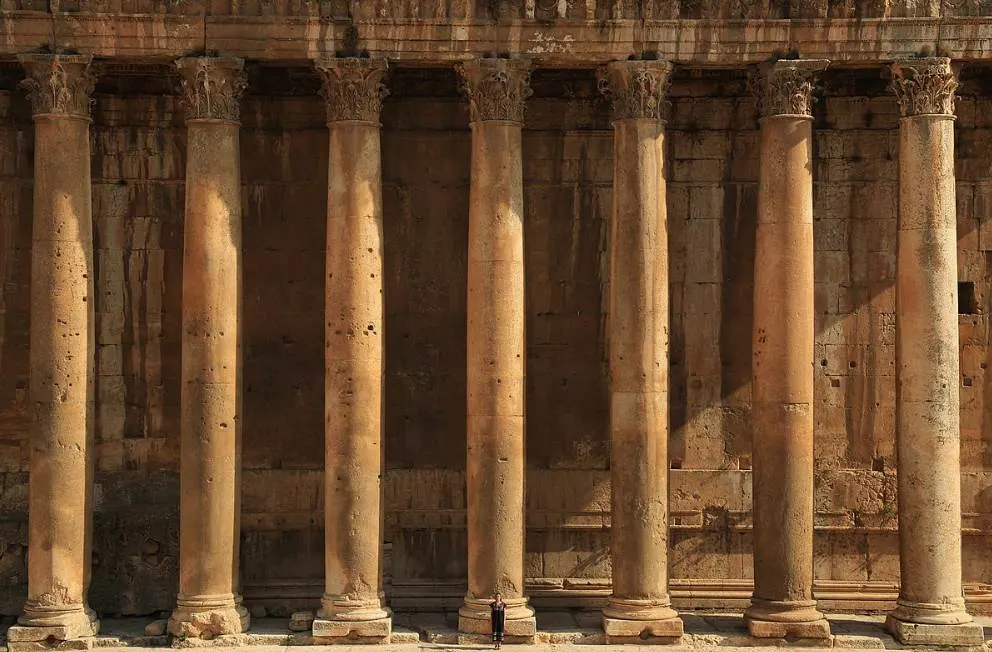
7. The interior is also decorated with Corinthian pilasters and amazing reliefs
The interior of the temple features two sections, a nave with a length of 30 meters (98 feet) and an inner sanctuary that is much smaller at just 11 meters (36 feet).
The interior features Corinthian pilasters that are fluted, unlike their counterparts on the exterior of the temple. Both are richly ornamented and these decorations have been preserved very well.
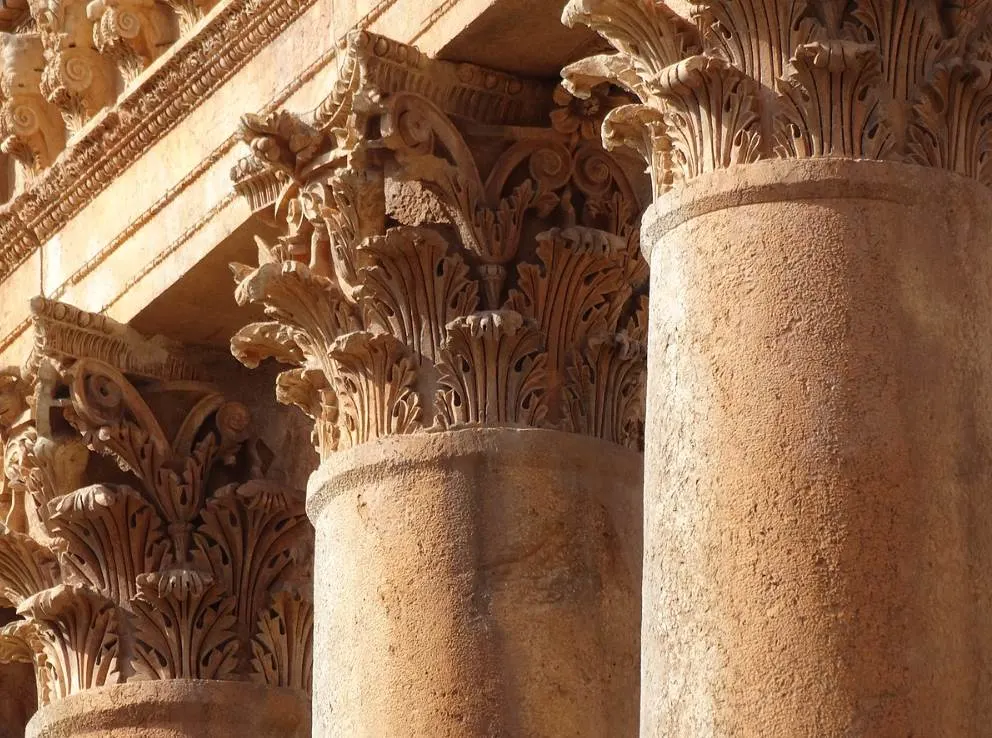
Both sides of the temple were heavily adorned with sculptures and reliefs that are considered to be some of the most amazing ever produced during antiquity.
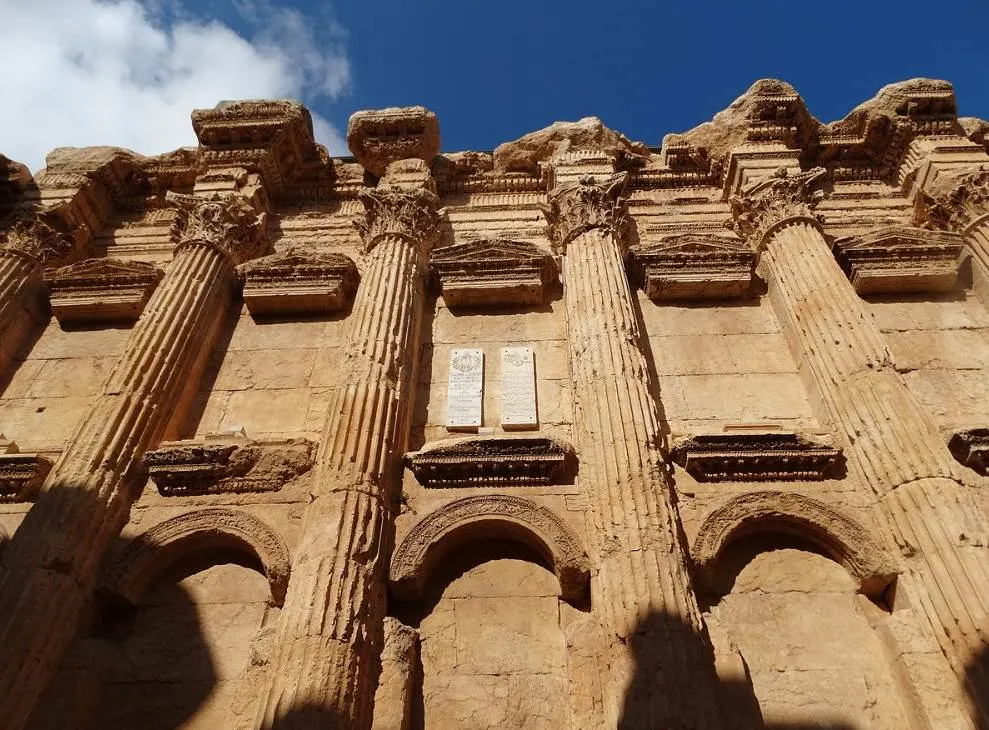
8. The amazing temple became a UNESCO World Heritage site in the 1980s
The State of Greater Lebanon was established in 1920 and this resulted in the first preservation measures taken by the local government.
This level of protection for this historic site was removed during the Lebanese Civil War during the 1970s so UNESCO took the opportunity to turn Baalbek into a UNESCO World Heritage as soon as possible in 1984.
Although many parts of the ancient city lay in ruins today, the remains of the temples are considered to be some of the finest examples of Roman architecture in the world.
They were constructed at the height of the Roman Empire and remain a testimony to the advanced building techniques that the Romans employed at the time.
